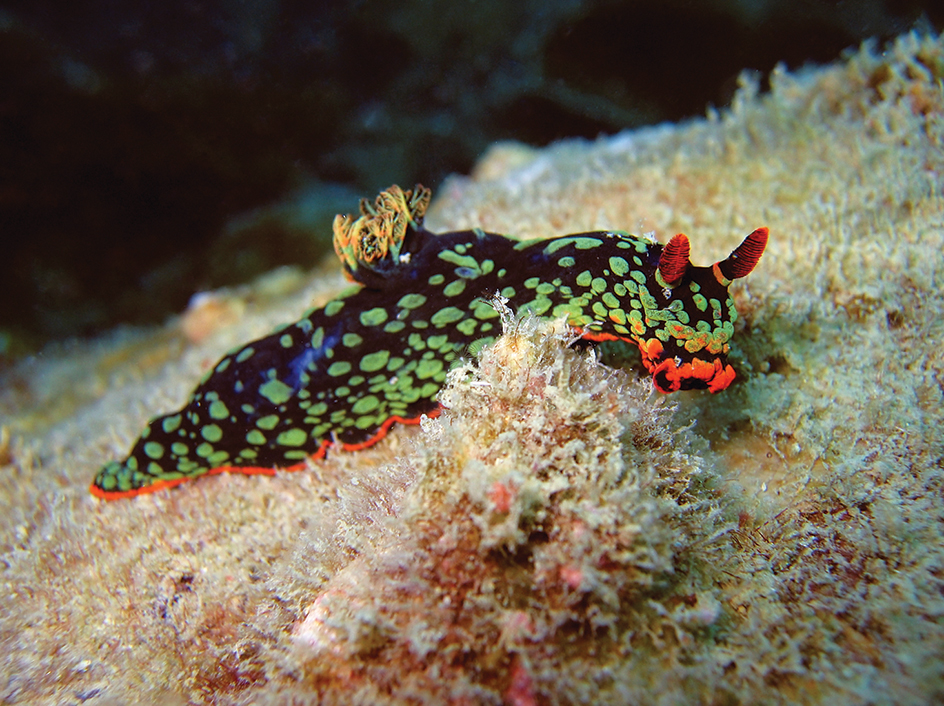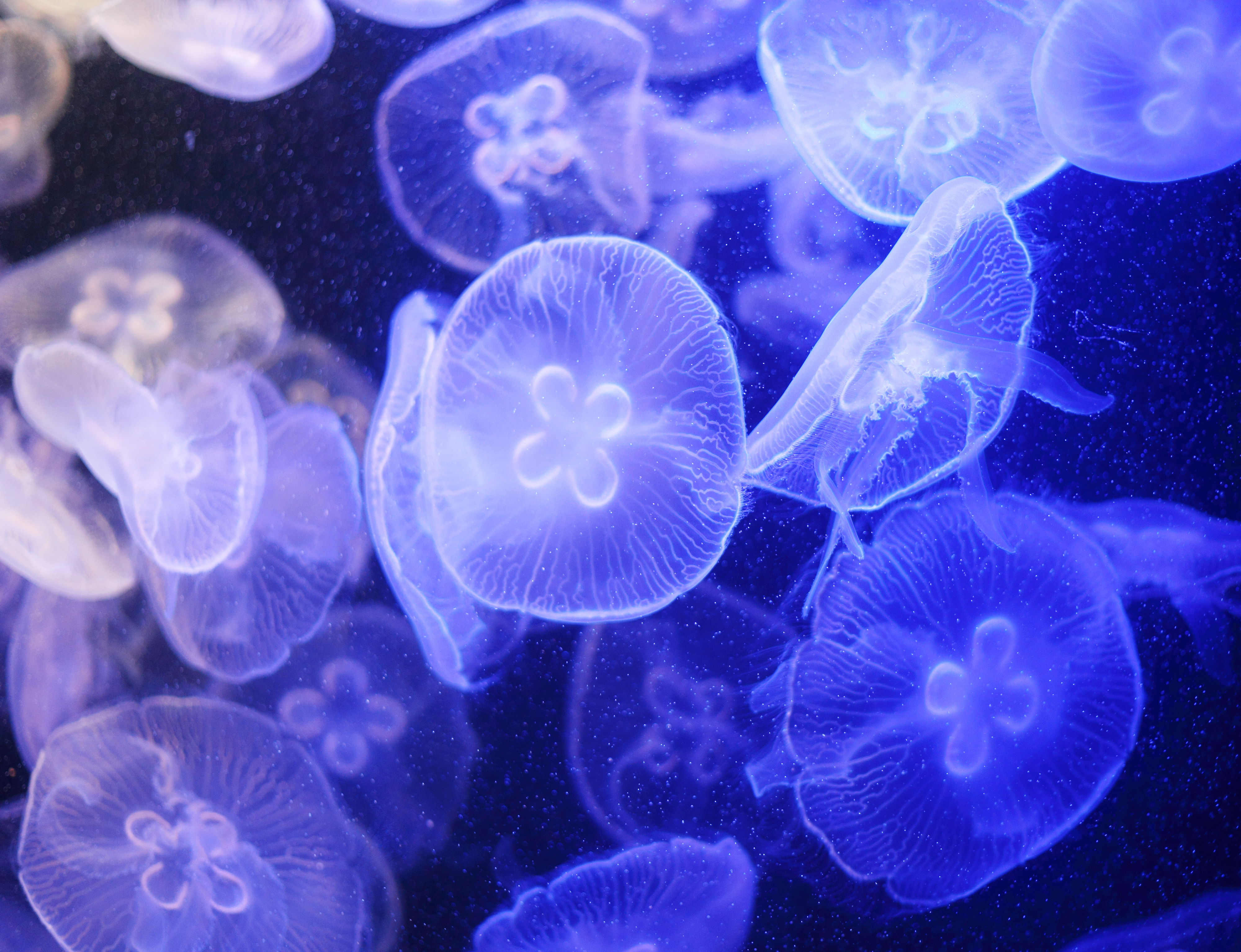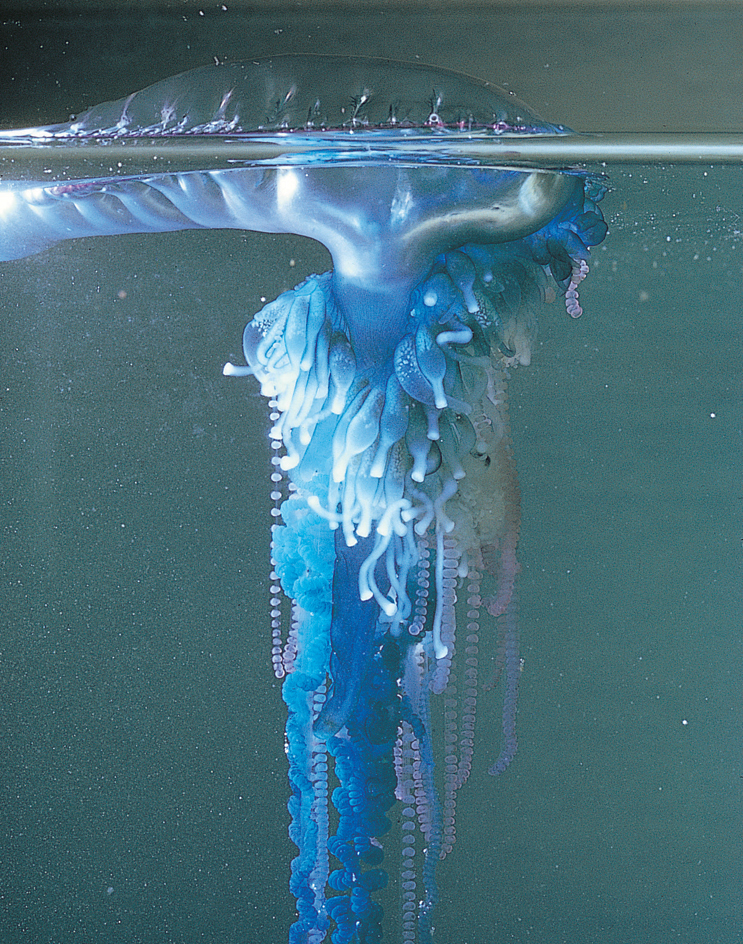Invertebrate, << ihn VUR tuh briht, >> is an animal without a vertebral column (backbone). The bones of the vertebral column are called vertebrae. Animals without backbones are called invertebrates, meaning without vertebrae. Animals that have vertebral columns are called vertebrates. Scientists have described more than 1.3 million species (kinds) of invertebrates. There may be more than 10 million species of invertebrates altogether. About 95 percent of all animals are invertebrates.

Scientists have divided invertebrates into dozens of major groups. These groups are called phyla. A single group is called a phylum.
The phylum Porifera contains the pore-bearing animals known as sponges. Cnidaria includes animals such as hydras, jellyfish, the Portuguese man-of-war, sea anemones, and corals. Cnidarians capture prey using special stinging cells. The phylum Platyhelminthes is made up of unsegmented worms with flattened bodies, such as planarians, liver flukes, and tapeworms. Nematoda is the phylum of the roundworms, such as pinworms, stomach worms, and hookworms. The phylum Annelida is made up of segmented worms, including earthworms, sandworms, and leeches.

Echinodermata is a group of animals with external spines, such as starfish, sea urchins, sand dollars, sea cucumbers, and sea lilies. The phylum Mollusca is made of soft-bodied animals with no bones. Most mollusks have a hard outer shell. Mollusks include snails, slugs, clams, oysters, scallops, octopuses, and squids. Arthropoda is the largest animal phylum, with more than 1 million species described. It is made up of animals with jointed legs and an outer skeleton made up of the material chitin. Arthropods include insects, spiders, crabs, shrimp, and lobsters.

The phylum Chordata is made up of animals with a rigid structure of bone or cartilage in their backs. Some chordates have only a one-piece rod of cartilage in their backs. They are considered invertebrates. Other chordates have a spinal column divided into vertebrae. They are vertebrates.
